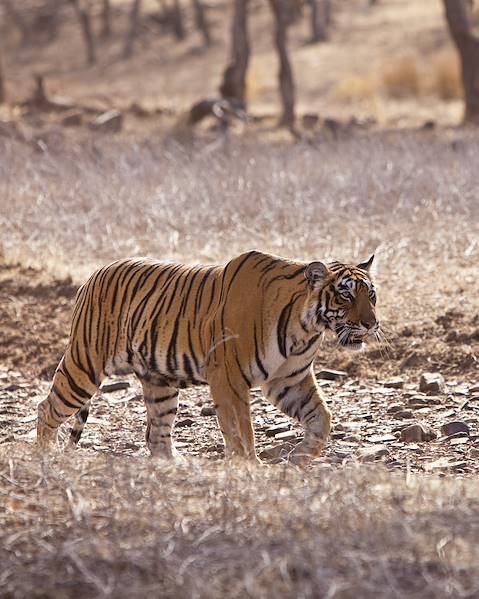
A few suggestions to get the holiday planning process started

Watch the sun set behind the Taj Mahal from across the Yamuna River
15 days, from £3090 to £4930

Discover Delhi with a friendly local guide and get under the skin of what makes this hustling, bustling city tick
14 days, from £4775 to £7625

Spot tigers in the forests of Dudhwa National Park
15 days, from £5165 to £8245

Enjoy private city tours of bustling Old and New Delhi
16 days, from £5400 to £7800

Watch the sunrise over the Taj Mahal in Agra
14 days, from £5605 to £8950

Join a guide for a whistle-stop tour of enthralling Delhi
12 days, from £7145 to £11410

Experience the Hindu holy city of Varanasi
30 days, from £18265 to £29170
Practical advice and inspiration to help you prepare for your holiday
The city's first must-see is the magnificent monument to the Mughal Empire that is the Red Fort, built as the impregnable residence of the emperors after Delhi had, over the centuries, been sacked more times than a Premier League manager. As the Mughals declined the fortress eventually became a barracks for British troops, but today still stands testament to the impressive Mughal gift for architecture. The perfectly proportioned (and recently restored) Humayun's Tomb, built to house the 16th century Emperor's mortal remains, is another superb example of the elegance of Mughal-Persian design.
Across in New Delhi, British architect Edwin Lutyens's vision of a colonial cityscape remains his masterpiece, with supreme symmetry aligning the India Gate memorial to the country's war dead with the Rashtrapati Bhavan or President's Residence.
All of these attractions can be visited using Delhi's spanking new metro system, but in a way that would be to miss out on some of the essence of the Delhi experience - to hail a tuk-tuk and find yourself deep in the winding lanes of the old city, to watch the traffic buzzing along the elegant Rajpath in New Delhi, or to wander along the Yamuna River. This is how to experience the capital of a country that's going to have an ever bigger say in the world in the century to come.

Our team of destination experts will get to know you and your unique requirements for your holiday

We work with you to build an ultra-personalised holiday itinerary with your choice of accommodation, experiences and activities

All of our holidays include little extras designed to make a big difference to your trip, from fast-tracking you through airport check-in and security to our network of local Concierges